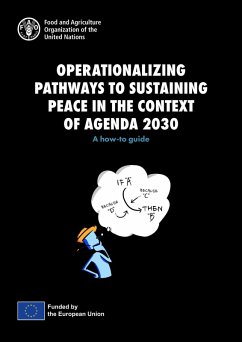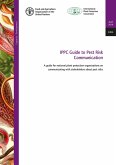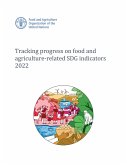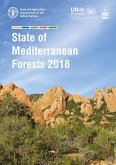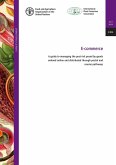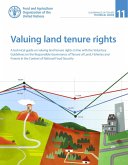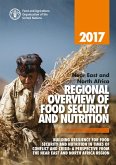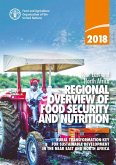Agriculture, natural resources, food security and nutrition can be sources of peace or conflict, crisis or recovery, tragedy or healing. Underpinning this is ensuring that the Organization's projects and interventions are conflict-sensitive so that all stakeholders understand the dynamics of the diverse contexts in which FAO works. Especially in fragile and conflict-affected contexts, we need to make sure that our work avoids contributing to divisions, disputes and violent conflict, and does no harm. All that we do both by ourselves and through partnerships should follow this approach.
We can also identify where FAO can positively contribute to social cohesion and peace and these efforts must be rooted in robust theories of change. FAO is placing increasing emphasis on ensuring that our interventions make a positive contribution to peace an objective shared across the United Nations system, and increasingly a requirement of our partners and donors. The focus of this how-to guide is to elaborate the pathways through which the Organization can optimize deliberate contributions to peace, and inform the design, adaptation and impact measurement of its interventions.
In recent years, FAO has developed corporate tools, guidance and training on conflict sensitivity and context analysis. Operationalizing pathways to sustaining peace in the context of Agenda 2030 A how-to guide is another crucial document in that series, developed through collaboration between the FAO Conflict and Peace Unit and Interpeace in the context of a wider partnership between the two Organizations. Following broad consultation across the Organization, this document provides operational guidance and inspiration to FAO project and technical staff on how our work can enhance FAO's contributions to peace and how to measure those contributions. It is part of an ongoing process, which complements FAO's efforts through its Strategic Framework to support the transformation to more efficient, inclusive, resilient and sustainable agrifood systems, for better production, better nutrition, better environment and better life, leaving no one behind.
Dieser Download kann aus rechtlichen Gründen nur mit Rechnungsadresse in A, B, CY, CZ, D, DK, EW, E, FIN, F, GR, H, IRL, I, LT, L, LR, M, NL, PL, P, R, S, SLO, SK ausgeliefert werden.

